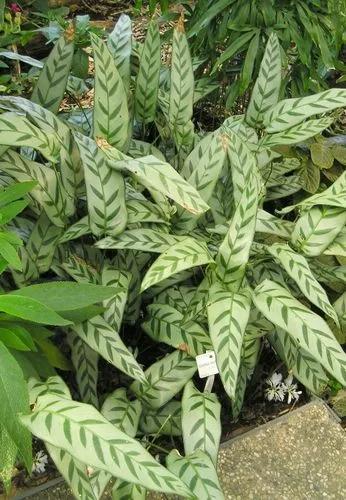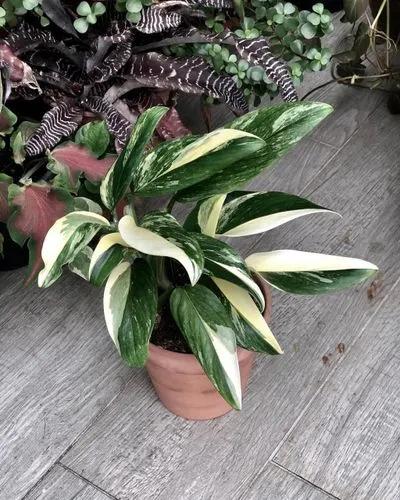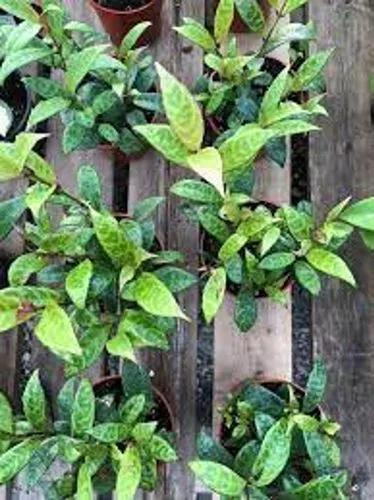Western poison ivy (or poison oak) is a close relative of the more familiar poison ivy that occurs across more eastern portions of North America. Unlike its cousin, however, it grows as a small shrub and does not exhibit a viny form. It spreads by rhizomes and can form dense carpets in some areas. Although all parts of the plant are irritating to humans, wildlife and birds can sparingly browse them.
Western Poison Ivy Care
Toxicodendron Rydbergii



Toxicodendron rydbergii, the western poison ivy, is a species of Toxicodendron in the cashew family. It is native to most of Canada from the Maritimes to British Columbia, and most of the contiguous United States except the southeastern states, New Jersey, Delaware, and California. It can be found growing in forests, and other wooded areas, usually near streams and rivers. Unlike Toxicodendron radicans (eastern poison ivy), which often appears as a trailing or climbing vine, Toxicodendron rydbergii is a shrub that can grow to 1 m (3 ft) tall, rarely up to 3 m (10 ft). The leaves are trifoliate and alternate. The leaflets are variable in size and shape, and are usually 15 cm (6 in) long, turning yellow or orange in autumn. On the compound trifoliate leaves, the two leaflets opposite each other are typically asymmetrical, in contrast to the terminal leaflet which always shows bilateral symmetry. The fruits are small, round, and yellowish. All parts of this plant contain urushiol, which can cause severe contact dermatitis in most individuals.
How to Care for the Plant

Popularity

326 people already have this plant 49 people have added this plant to their wishlists
Discover more plants with the list below
Popular articles






